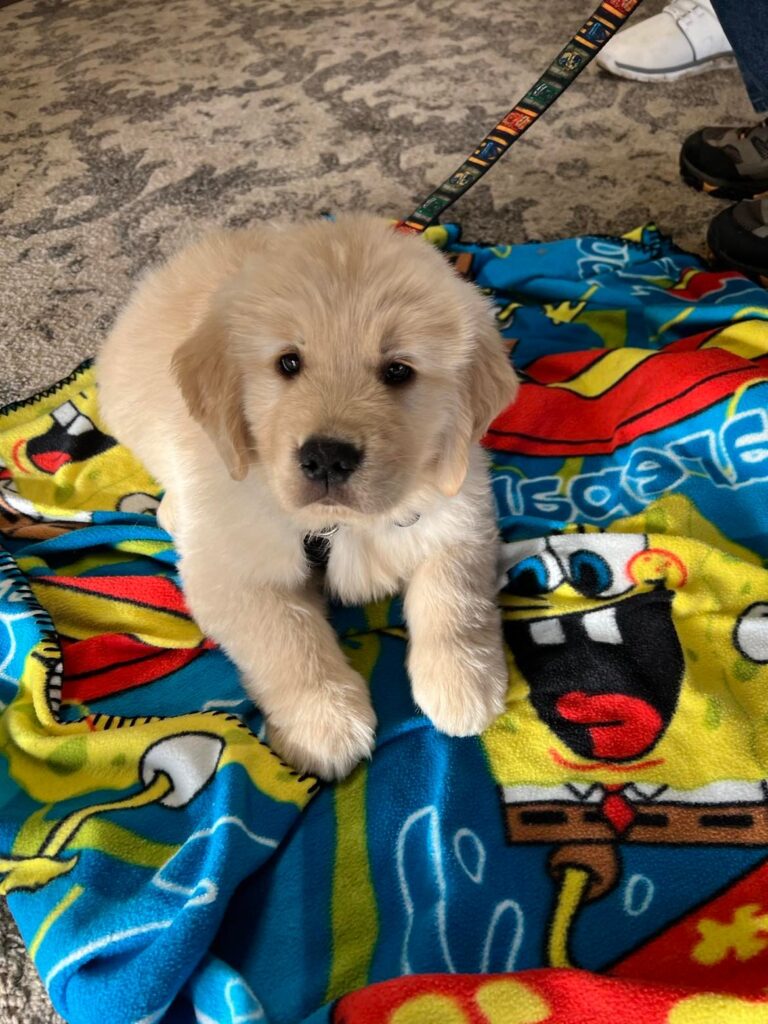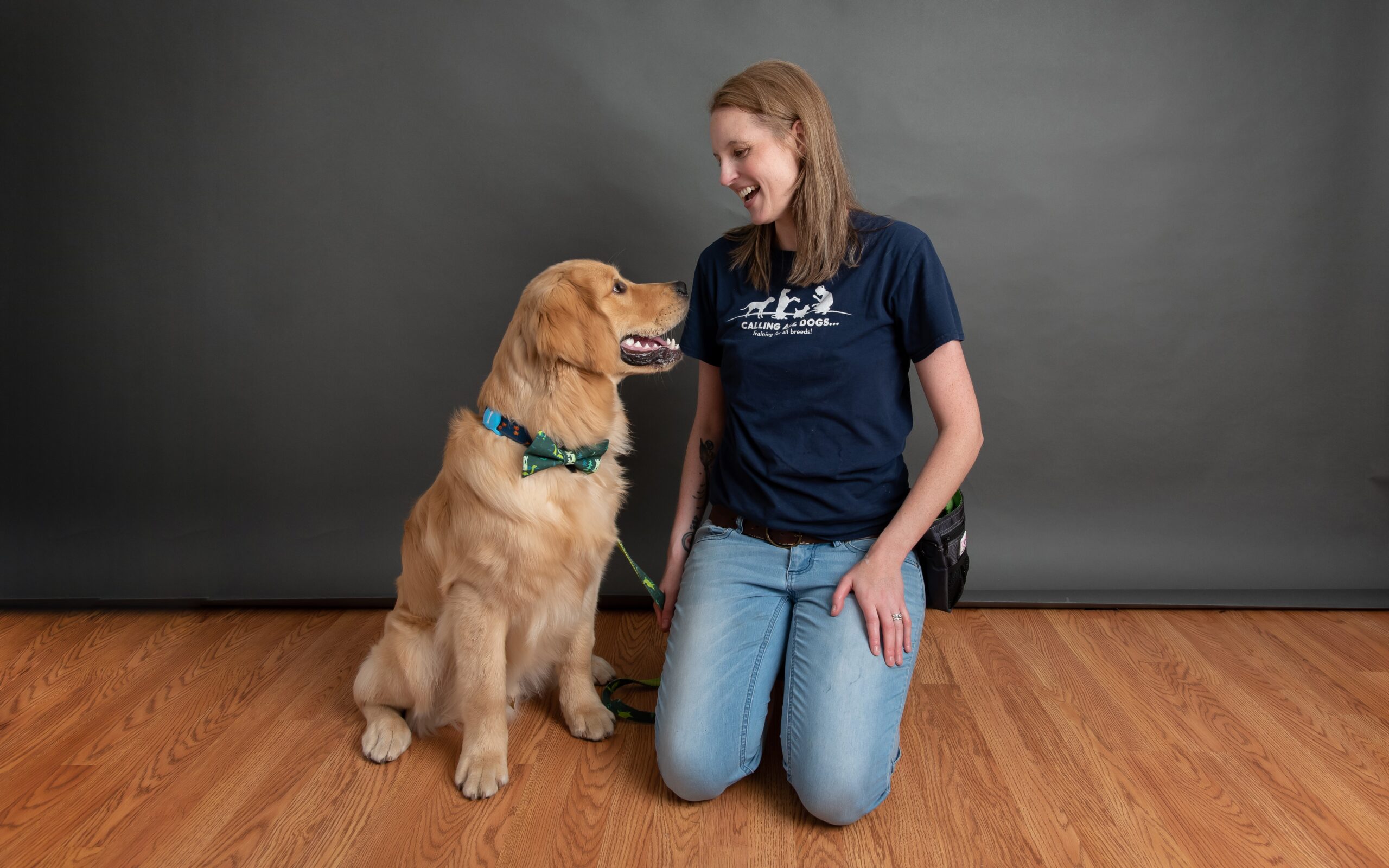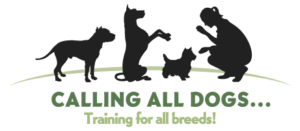This month marks a significant milestone – 10 years of Calling All Dogs’ dedication to helping dogs and their owners. Reflecting on a decade of devotion to dog training, focusing on fear, aggression, and raising puppies to be well-mannered adults, I aim to debunk some of the most common misunderstandings about dogs and provide deeper insights into their behavior.
Understanding Dog Aggression
The intricate world of dog behavior is often misunderstood and quickly labeled with terms like “dominant,” “stubborn,” or “alpha.” Seeing your dog display aggression, fear, or reactivity can evoke a whirlwind of emotions, particularly if you’ve never encountered such challenges before. It’s common for owners to wonder, “What did I do wrong?” Yet, the reality is that dog behavior is complex, influenced by various factors beyond simple classifications. Here are just some of the reasons why dogs may act aggressively.
Early Socialization and Its Impact
The significance of socialization in a puppy’s early life cannot be overstated. Proper socialization involves introducing a puppy to a variety of people, animals, environments, and situations in a positive, controlled manner. This early exposure is crucial in helping them develop into well-adjusted adults. However, the lack of socialization, or alternatively, an approach that overwhelms the puppy (known as “flooding”), can sow seeds of fear and anxiety, potentially leading to aggressive behaviors.
Imagine a puppy that’s rarely exposed to strangers or other dogs; this puppy might grow to perceive these unfamiliar beings as threats, responding with fear-induced aggression.
Conversely, a puppy inundated with chaotic, uncontrolled social experiences might become overly stressed, viewing the world as a frightening place, and may similarly resort to aggression as a defense mechanism.
It’s Not All How They Are Raised
Just as physical traits are passed down through generations, so too can behavioral tendencies. A lineage of dogs with a history of aggression can predispose their offspring to similar challenges. Furthermore, the environment in which a puppy develops, even before birth, matters. Studies have shown that stress experienced by a pregnant dog can affect the development of her puppies, potentially leading to increased anxiety or aggression. For instance, puppies born from a mother who was stressed during pregnancy might display a heightened propensity for fearful or aggressive responses to stress.

The Role of Single-Event Learning
Single-event learning is a powerful mechanism in which one bad experience drastically impacts how a dog perceives similar situations in the future. For example, a dog that’s been attacked by another dog might react aggressively toward all dogs, attempting to protect itself from another trauma preemptively. This kind of learning emphasizes the profound impact of just one event on a dog’s behavior.
Aggression and Reactivity as a Fear Response
It’s crucial to recognize that much of what is labeled as aggression in dogs is rooted in fear. A fearful dog might display aggression not out of a desire to dominate or harm (although it might cause injuries) but as a means to make something scary go away. For them, aggression can be a strategy for dealing with threats, opting to “scare off” the source of their fear rather than retreat.
Pain-Induced Aggression
One often overlooked cause of aggression in dogs is pain. When a dog is suffering from discomfort or pain, their tolerance for interaction can dramatically decrease, and their likelihood of showing aggression can increase. This is a natural response to protect themselves from further pain. For example, a dog with arthritis might snap or growl when touched in an area that hurts. Similarly, conditions like dental pain, ear infections, or internal discomfort might not be immediately visible to the owner but can significantly affect a dog’s behavior. Veterinary evaluations are crucial for dogs displaying sudden changes in behavior, as these could be indicative of underlying health issues.
Natural Behaviors and Resource Guarding
Resource guarding is commonly misinterpreted as unnecessary aggression, but is a natural behavior. In the wild, dogs need to protect their food, sleeping areas, and mates to survive. While domestic dogs have their needs readily met by their human families, the instinct to guard valuable resources can still be present.
Resources to a dog might include food, toys, resting places, people, and more. When a dog growls, snaps, or bites to protect these resources, they are displaying a natural behavior, albeit one that can be unsafe in a human home. Understanding resource guarding as a natural instinct rather than a fault allows for more effective management strategies.
Training techniques can focus on teaching the dog that the approach of a human to their resource is not a threat but can actually mean they gain more (e.g., through trading up for something better), thereby reducing the need to guard (attempting to trade up is not recommended unless advised by and directly under the supervision of a professional).
Unfulfilled Breed-Specific Behaviors and Needs
Not providing appropriate outlets for the roles dogs have been bred for over generations can lead to frustration and aggression. Understanding their purpose provides insights into their actions today. For example:
- Border Collies: Their herding instinct can lead to chasing the cat or lunging at cars.
- Great Pyrenees: Their protective nature towards strangers stems from their role as guardians.
- Dachshunds: Their prey drive, leading to behaviors like digging and chasing, is an expression of their hunting heritage.
Not considering dogs’ genetic roles and providing appropriate outlets for these instincts can lead to unwanted behaviors as the dog attempts to fulfill its own needs.
The Lack of Professional Regulations
Recognizing and addressing the underlying causes of behavioral issues is crucial for creating a safer, happier environment for you and your dog. In navigating the complexities of canine aggression and behavior, professional guidance becomes essential. However, a glaring issue persists: the lack of regulation within the industry.
Unlike other professions, such as medicine or law, where stringent licensing and oversight are the norm, anyone can hang up a shingle and declare themselves a dog trainer or behaviorist with no formal education, qualifications or standardized training requirements. This absence of regulation creates a platform for individuals who may lack the necessary knowledge, experience, or ethical standards to effectively and humanely train dogs.
Consequently, unsuspecting dog owners may fall prey to ineffective or even harmful training methods, putting both their beloved pets, themselves, and the public at risk.
More Than Just a Decade of Dog Training
Amidst the lack of regulation in the dog behavior and training industry, I strive to uphold professionalism and expertise. With a Bachelor’s Degree in Psychology and thousands of hands-on hours working with reactive dogs, fearful dogs, and aggressive dogs alongside their owners, I’ve had articles published in the IAABC Journal, APDT Chronicle of the Dog, BARKS From the Guild, and Edition Dog Magazine.
Beyond the written word, I have lent my expertise as a witness in Dangerous Dog Court Cases, have been ranked as 2022’s #1 Dog Trainer in New York, and am a mentor trainer for the Victoria Stilwell Academy and the Animal Behavior College. Furthermore, I am an accredited member of the following organizations:
- International Association of Animal Behavior Consultants (IAABC)
- Certification Council for Professional Dog Trainers (CCPDT-KA)
- International Society of Animal Professionals (ISAP)
- Pet Industry Advocacy International
- International Canine Behaviourists (ICB)
- Animal Behavior College (ABCDT)






As we celebrate a decade of Calling All Dogs being in business, it’s clear our mission continues. By sharing insights into dog behavior and emphasizing the importance of expert guidance, we strive to equip owners with the tools they need for a stress-free life with their dogs.



Wonderful, Tori! Happy Anniversary!!
Thanks so much!